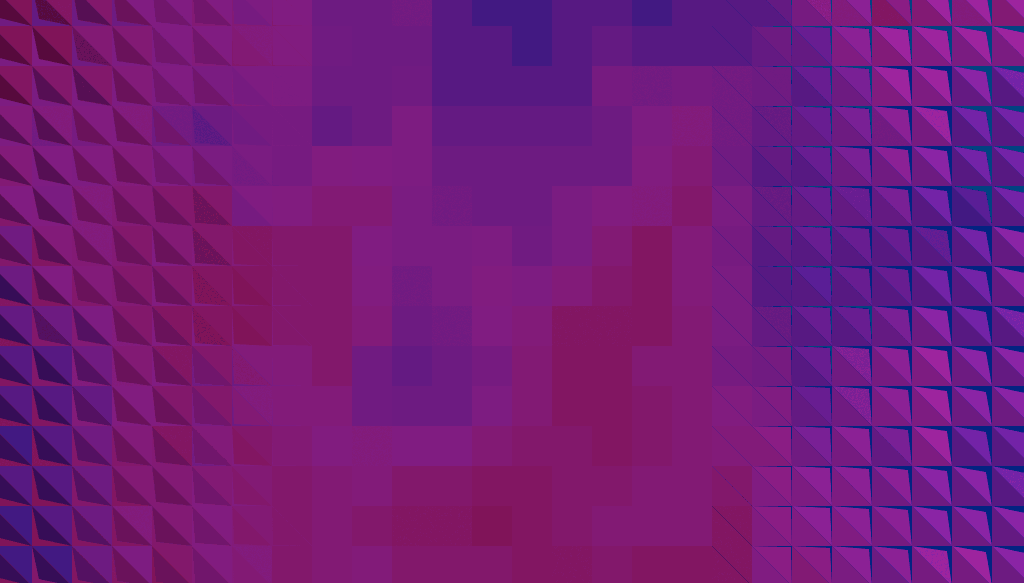
Pixels, Screens, Surfaces
- Context:
- Academic
- Date:
- Launch:
Exploring computation and materiality
Creating a catalog of “virtual material swatches… uncovering subtle qualities of dynamic form, texture, pattern.”
Brief
Our first project for Ben Hooker’s Computation and Materiality class involved “getting up close to the screen to build appreciation for the different kinds of virtual materials which constitute electronic images we frequently encounter but perhaps overlook.” Essentially, we are exploring how we might design on the computer in a more “painterly way”.
All of the following videos were created using Processing. I have made the code for all of these sketches available to view and download on GitHub.
For best results, view the videos in HD, at fullscreen and with scaling off.
City as Texture
In my first investigation, I wanted to explore the idea of a city’s structure as texture. Roads unfold following a simple set of rules, creating an overall structure with emergent patterns and texture.
Cubes
Thinking about the computer screen as a means of display, I was interested in how fluid forms are displayed through square, static pixels. I wanted to explore how an alternative pixel—a cube that unfolds instead of lighting up—might display fluidity and motion.
Clickers
Continuing this idea of replacing the pixel with a more mechanical object, this sketch explores a grid of small triangular ‘clickers’ which fold physically to change color, in a similar way to a traditional airport departures/arrivals sign.
Concept Development
These material studies were the initial stages that lead to my Dendrochaoticism project. Following these initial material studies, we were asked for the final part of the project to:
Invent a compelling new hybrid something which is the result of an engineered interplay between a computational system and a dynamic material structure—biological or otherwise.
My initial ideas for the concept developed from seeing the emergent forms and movements in the clickers exploration above. It reminded me of wind blowing over and moving through surfaces and objects. I began exploring how wind and breath have been attributed with more metaphysical ideas in religion, culture and science: wind moving through the trees interpreted by more primitive cultures as spirits; weather patterns which embody complex mathematical principles.
I began designing a device that uses a dynamic texture to interpret this information carried in the wind.
Final Stage
This project was developed further when we were asked to design a new hybrid form.